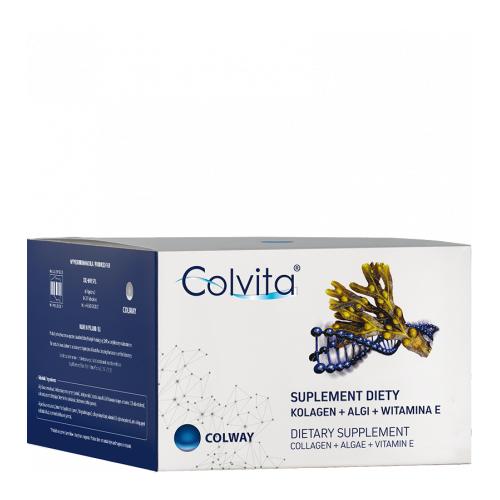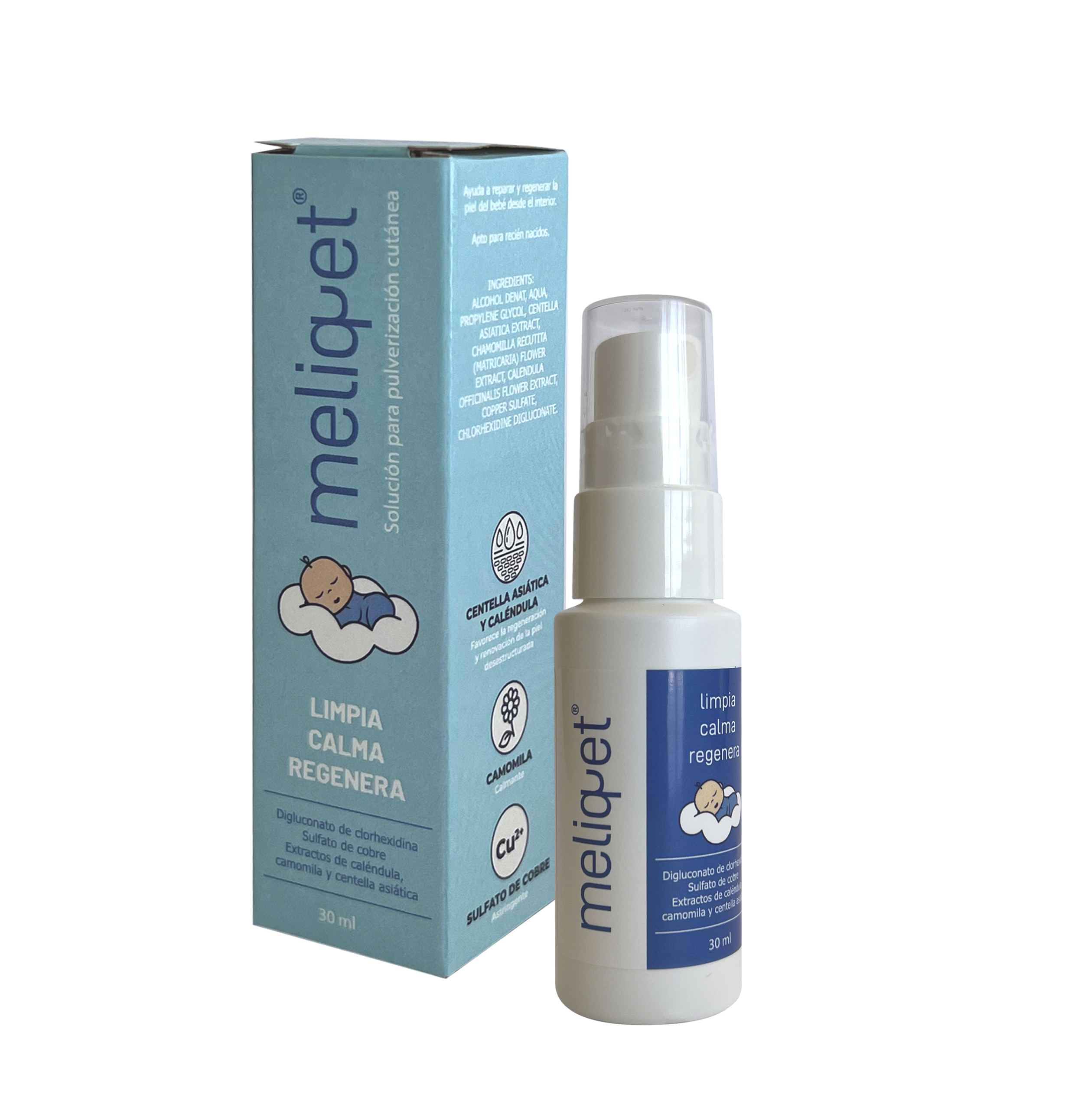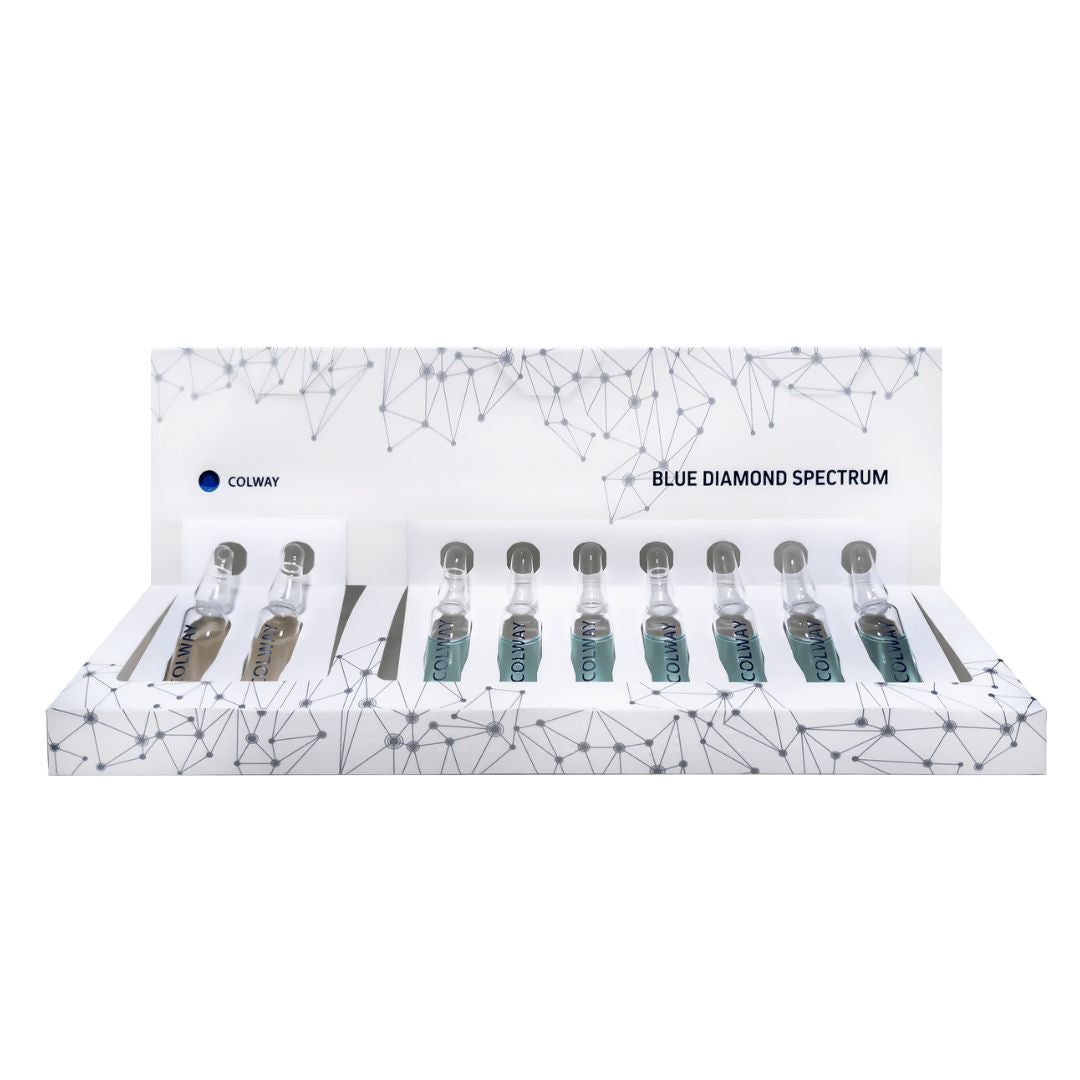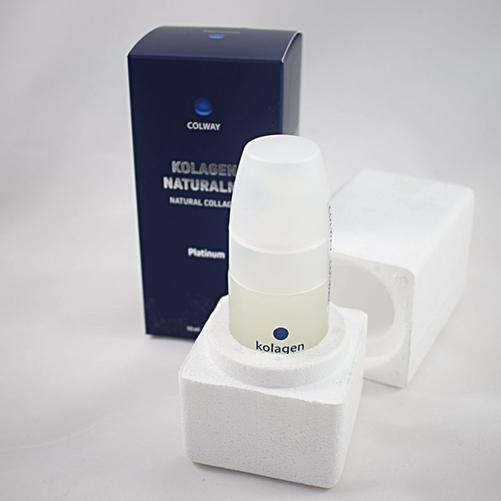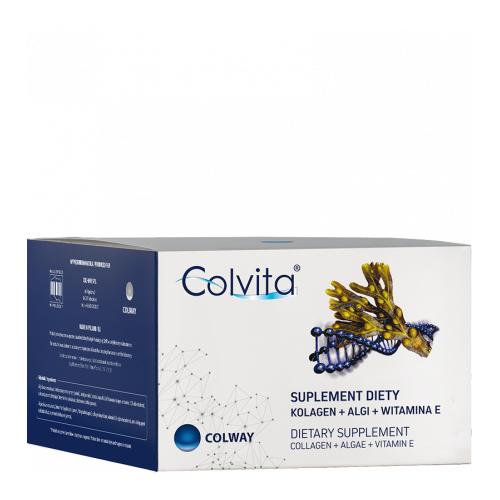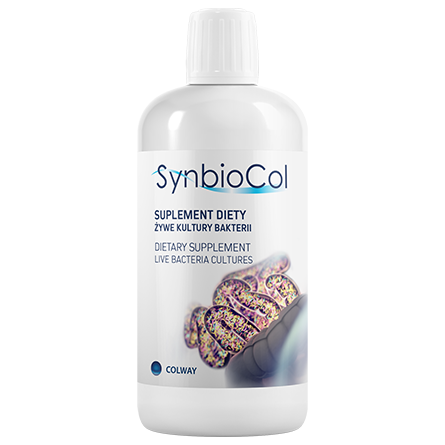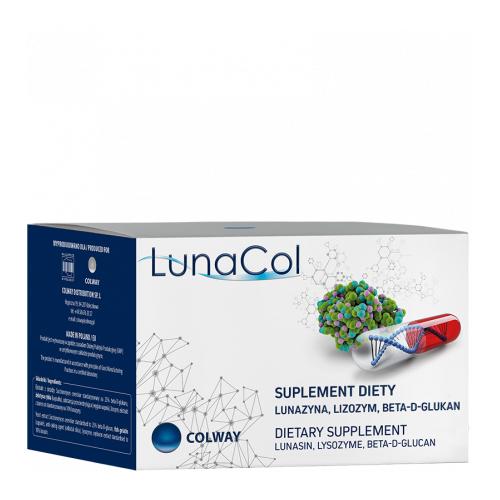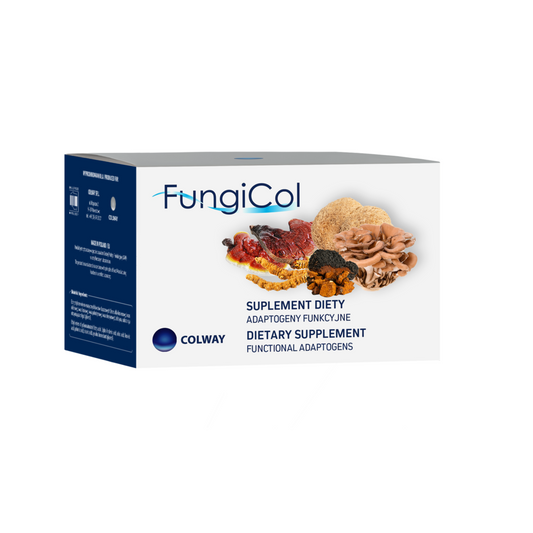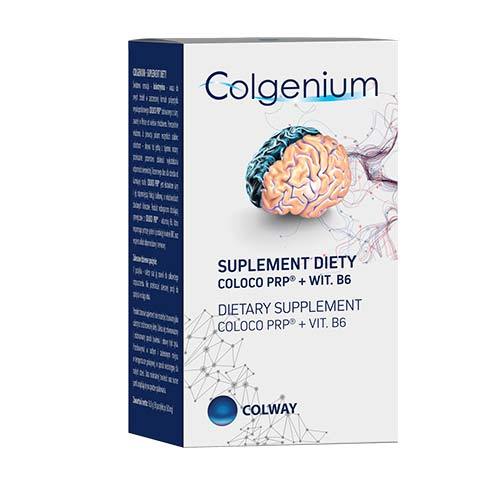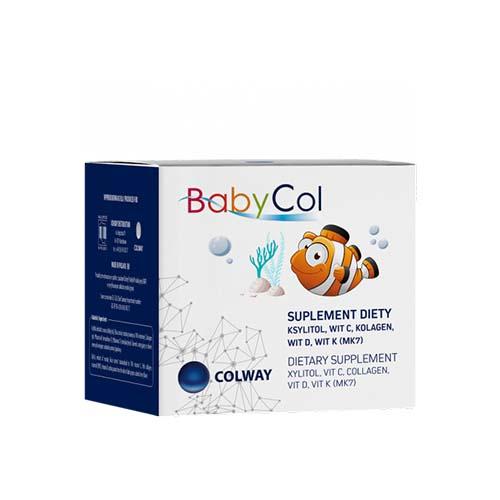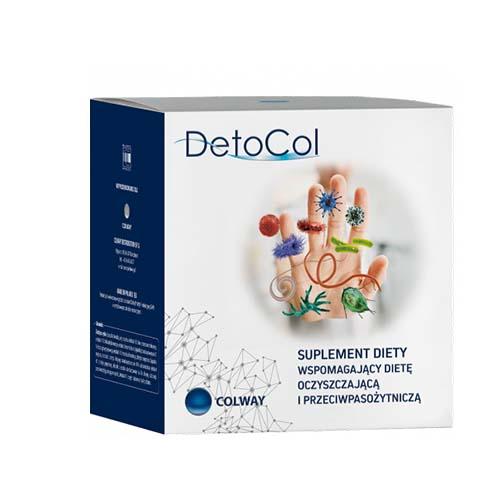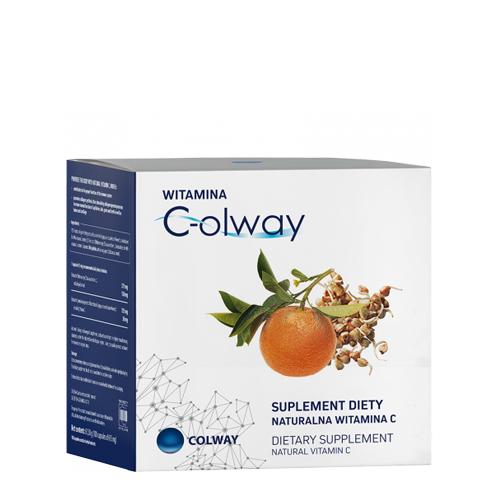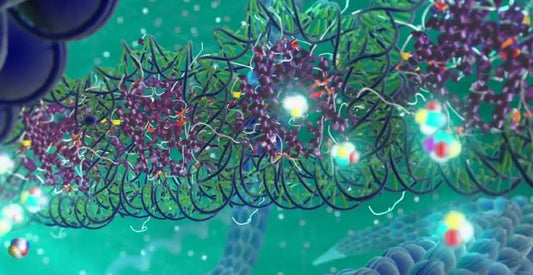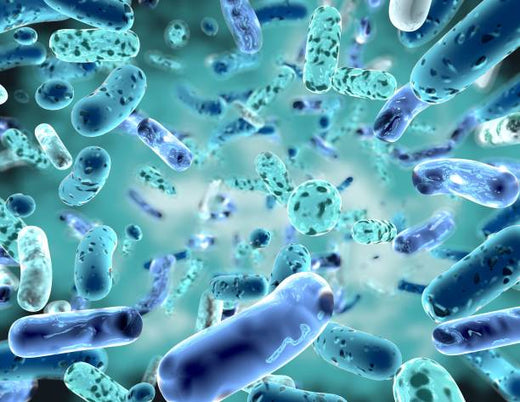Aging and the formation of chronic diseases are caused by the accumulation of changes in DNA sequences or within the genes themselves through mutations. As a result, preventive strategies using supplements involve lowering mutation rates (eg antioxidants) and drugs are developed to counter the impact of genes found to be mutated and/or altered on disease conditions.
The science of epigenetics, the study of how gene expression is regulated, is currently revolutionizing biology, medicine, and healthcare. Advances in epigenetics now reveal that the underlying cause of aging and the formation of chronic non-communicable diseases are not DNA mutations per se, but rather disruptions in the DNA packaging that regulates how genes are turned on and off, as well like how genes are turned on and off. a lot and a little (like a thermostat for the cell).
Lunasin was discovered by Dr. Alfredo Gálvez in 1996 at UC Berkeley during the heyday of the Human Genome Sequencing Project when epigenetic research was virtually non-existent. Lunasin is the first food biologic agent identified as having an epigenetic mechanism of action. Dr. Gálvez was able to show that lunasin can bind to DNA packaging material and turn off the expression of cancer-causing genes in normal cells that have been exposed to chemical carcinogens and viral oncogenes. As a result, these cells die instead of becoming cancer cells.
Research experiments have shown that lunasin has numerous health effects. It was first discovered as a cancer preventative agent, inhibiting normal cells from becoming cancerous, which has been independently confirmed by other researchers. Lunasin was identified as the active ingredient in soy protein responsible for the FDA-approved health claim that consuming soy protein can lower bad cholesterol and lower the risk of cardiovascular disease. Other research institutions have shown that lunasin is a potent anti-inflammatory agent and can improve the body's immune functions, among other health effects.
The reason why the lunasin peptide has multiple health effects is due to its novel epigenetic mechanism of action and the presence of a functional cell adhesion motif (RGD). The RGD motif can bind to integrin receptors on the cell membrane to disrupt signaling pathways associated with the inflammation response, while allowing lunasin to enter mammalian cells. Once in the nucleus, lunasin binds to histones, the packaging material of DNA, and can turn on the expression of genes important for cell health and turn off the expression of bad genes that can harm the cell. As a result, lunasin has the ability to affect multiple genes and multiple pathways in different cells to help our bodies function optimally. This is different from the effect of most drugs that target a single gene or physiological pathway that affects a specific health problem.
What also makes lunasin special is that it was discovered in soybeans, a common food source. And since it has a functionally conserved role in seed development, it is also found in seeds of other plants, although in some cases it breaks down and cannot be detected in mature seeds. Since lunasin is not a drug, but a food ingredient Generally Recognized As Safe (GRAS), we can incorporate bioactive lunasin into foods and supplements such as Lunacol.
A major limitation of bioactive peptides as consumable products is that they are easily degraded and lose potency when digested. To produce lunasin-enriched protein extracts and dose with maximum amounts of bioactive lunasin (defined as the amount of lunasin that remains bioactive even after digestion), we have developed a proprietary high-throughput lunasin bioassay utilizing its epigenetic mechanism of action. proprietary. More importantly, since lunasin-containing products were introduced to the market more than five years ago, no adverse events have been reported to make them safe for human consumption.

